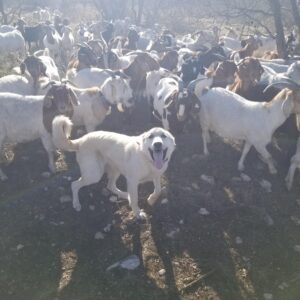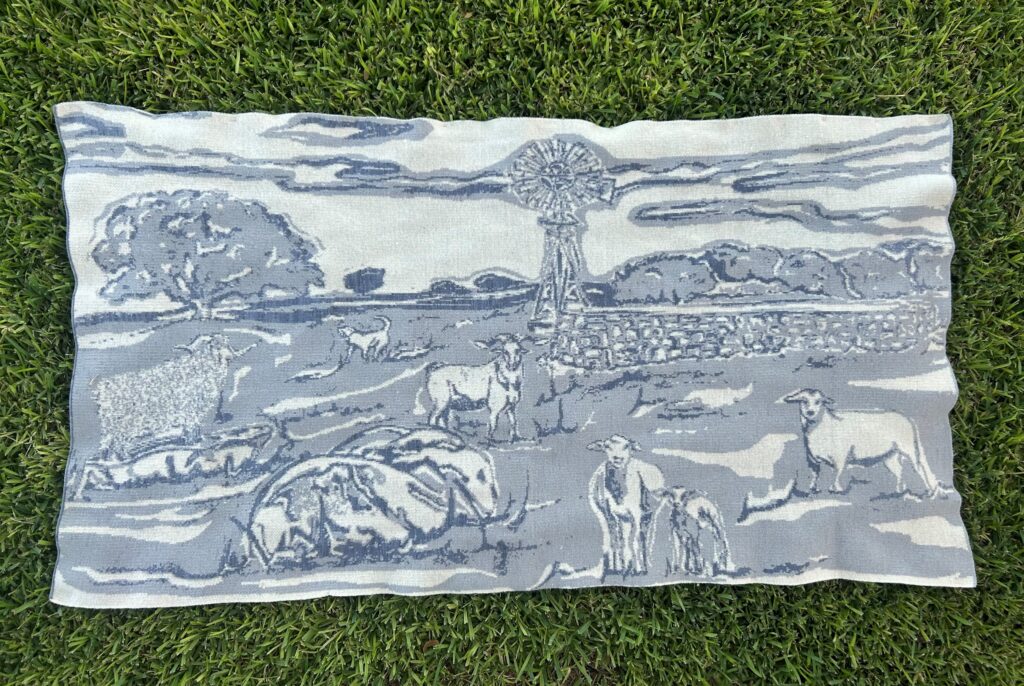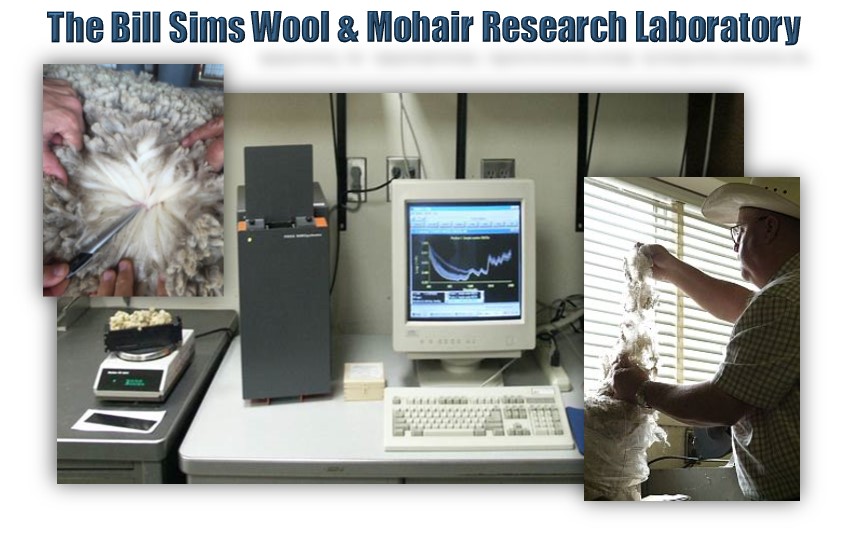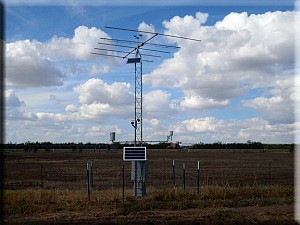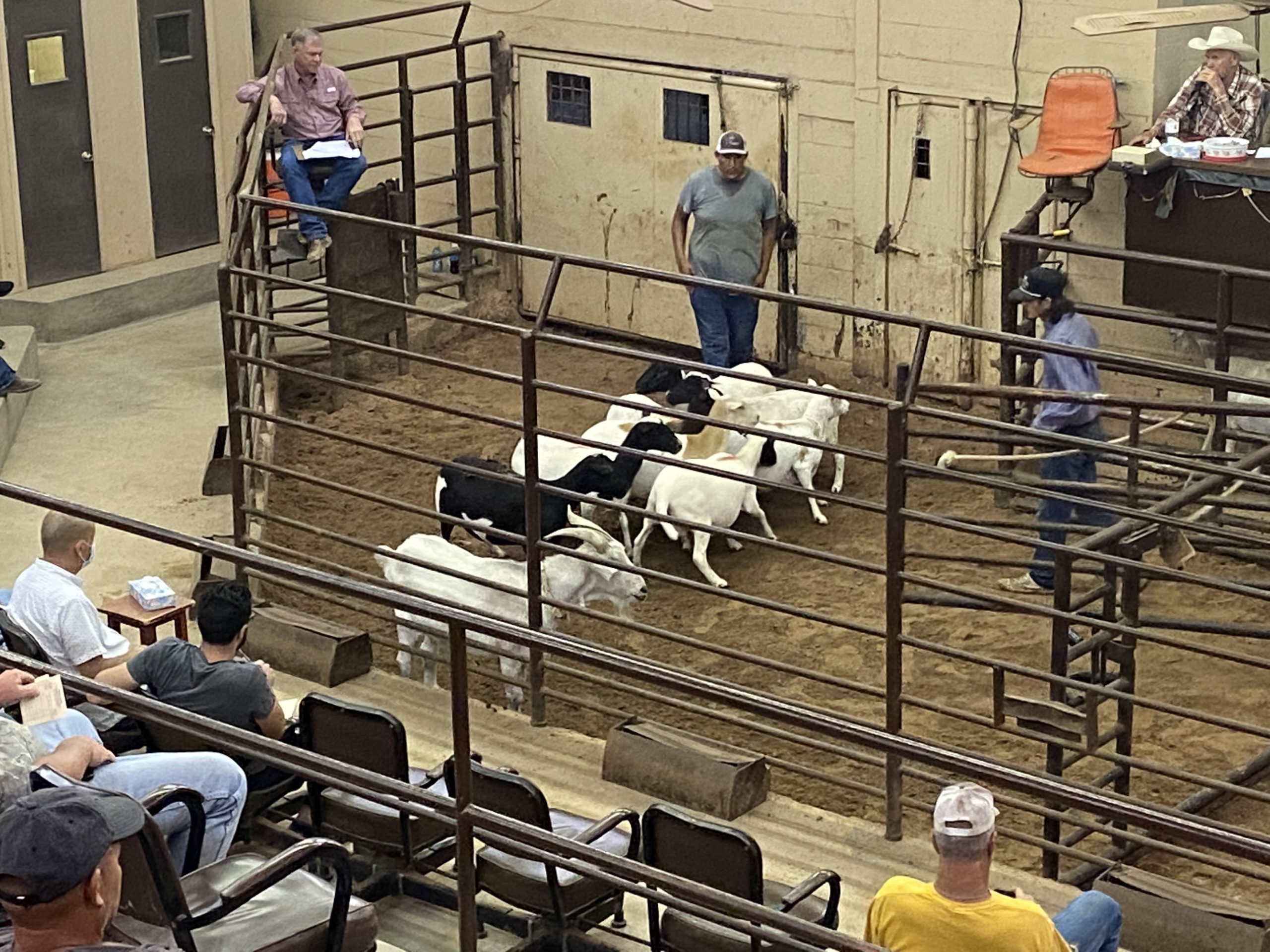This blog has often emphasized the importance of tick control, particularly for controlling Ehrlichiosis, a bacterial disease, spreading farther north of I-10 every year. While we use regular flea/tick control products, it’s crucial to note that not all products control all ticks for the same length. I urge you to read all the product inserts and do your due diligence to inform yourself of what a product does and does not control for a specified period. We tragically lost Johnny from round two of the bonding project in 2020 (Male Legends of Country Music) last month to complications from the tick disease Ehrlichiosis. Even though Johnny was current on his tick control product last year, he still contracted the infection. Some strains of the disease attach to the spinal column and can cause the dogs to have difficulty walking. We discovered Johnny could not use his back legs on the morning of June 12th. We immediately took him to the vet. After a complete examination, our veterinarian determined that his prognosis for recovery was extraordinarily slim and recommended that we euthanize him as he was in pain.
Johnny, a beloved member of our LGD group, always had a silly smile. He was a friendly dog who hated feral hogs, a trait that endeared him to many. You may remember his multiple trips to the vet over the last few years from getting gored on his sides and shoulders. His last day on guard was 6-12-24.
AgriLife Livestock Guardian Dog Program: Update and Events
Please mark your calendars for our next online seminar on September 19th at 3 pm CST. We’re thrilled to have Dr. Julie Young from Utah State University, a renowned expert in LGDs, share her extensive knowledge, research, and insights. This enlightening event is a golden opportunity for all LGD enthusiasts to learn about her research. To secure your spot, watch the events page on our website in late July. The workshop will be hosted on Zoom, ensuring easy access for all, and as always, it is free!
Get ready for the annual AgriLife Center Field Day, a day filled with informative sessions and engaging activities, to be held on Aug.16 at the Center in San Angelo. This will be followed by the highly anticipated Texas Sheep and Goat Expo at the Spur Arena on Aug. 16 – 17. As part of the Expo, we’re hosting an LGD workshop on Aug.16, a fantastic opportunity for producers to enhance their knowledge and skills. Producers can register for the field day and expo on the AgriLife Center – San Angelo’s events page. And don’t forget; the Texas LGD Association will hold its annual in-person meeting after the Expo ends on August 17th in the lobby of the Spur Arena.
If you are looking for information on LGDs, make sure to check out our website. It contains factsheets, research from around the world on LGDs, and case studies we have conducted.
Bonding Project Update
Round Five Dogs
The “Old-Fashioned Gals,” “Gun Dogs,” and “Top Guns” dogs will all graduate from the bonding project this month. Except for Mabel, the producers are happy with how the dogs have turned out. Mabel is not staying with the herd of goats the producer wanted her to guard. She is not roaming off the ranch, but she is staying with a different group of animals and spending a lot of time near a barn and a set of corrals. The producer had the same issue with two previous dogs, which leads me to believe that something is drawing the dogs to this location for some reason. It’s not the ranch headquarters. No one frequents the area other than to feed a couple of horses. Mabel is not fed at the location and leaves to get fed at her feeding station on the other side of the hill. Livestock only come to the area to get water and then leave. We installed trackers on her and the livestock she is supposed to guard, but she is rarely with them. I’ve contacted a couple of canine behaviorists, but we can’t determine why the dogs continually return to this area.
Round Six Dogs
The pups have been out of their bonding pens since mid-June and are doing well. The “Santas Reindeer” and “L girls” pups were placed into
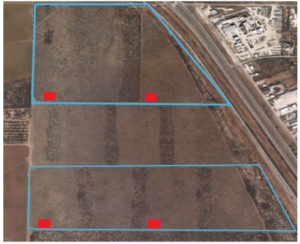
Picture of the four bonding pens, (red rectangles) and the two training pastures (blue polygons). AgriLife picture courtesy of Google Earth 2020.
training pastures of approximately 100 acres. Both sets of pups are wearing either the Invisible Fence Brand or the SpotOn Fence e-collars to continue teaching respect for fence boundaries. Both current systems have pros and cons to the units. The companies have taken our recommendations to develop new, more user-friendly systems for livestock guardian dogs. Check our Facebook page and this blog for more updates on the invisible fence systems used in the bonding project.
In closing
If you enjoyed this monthly LGD blog, please remember to subscribe to it with this link: The Guardian Way | Texas A&M AgriLife Research and Extension Center at San Angelo.
If you have feedback on this article or would like to suggest topics for future articles, please contact me at bill.costanzo@ag.tamu.edu or 325-657-7311. The Texas A&M AgriLife Livestock Guardian Dog Program is a cooperative effort by Texas A&M AgriLife Research and the Texas Sheep and Goat Predator Management Board. Follow us on our social media sites and share them with your friends and family!
Facebook, Instagram, YouTube: @TAMUlivestockguarddog
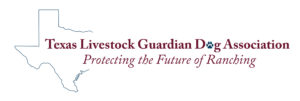 Remember to check out the Texas LGD Association online! You can follow the organization on Facebook or YouTube at @TexasLGDAssociation or visit its website.
Remember to check out the Texas LGD Association online! You can follow the organization on Facebook or YouTube at @TexasLGDAssociation or visit its website.

